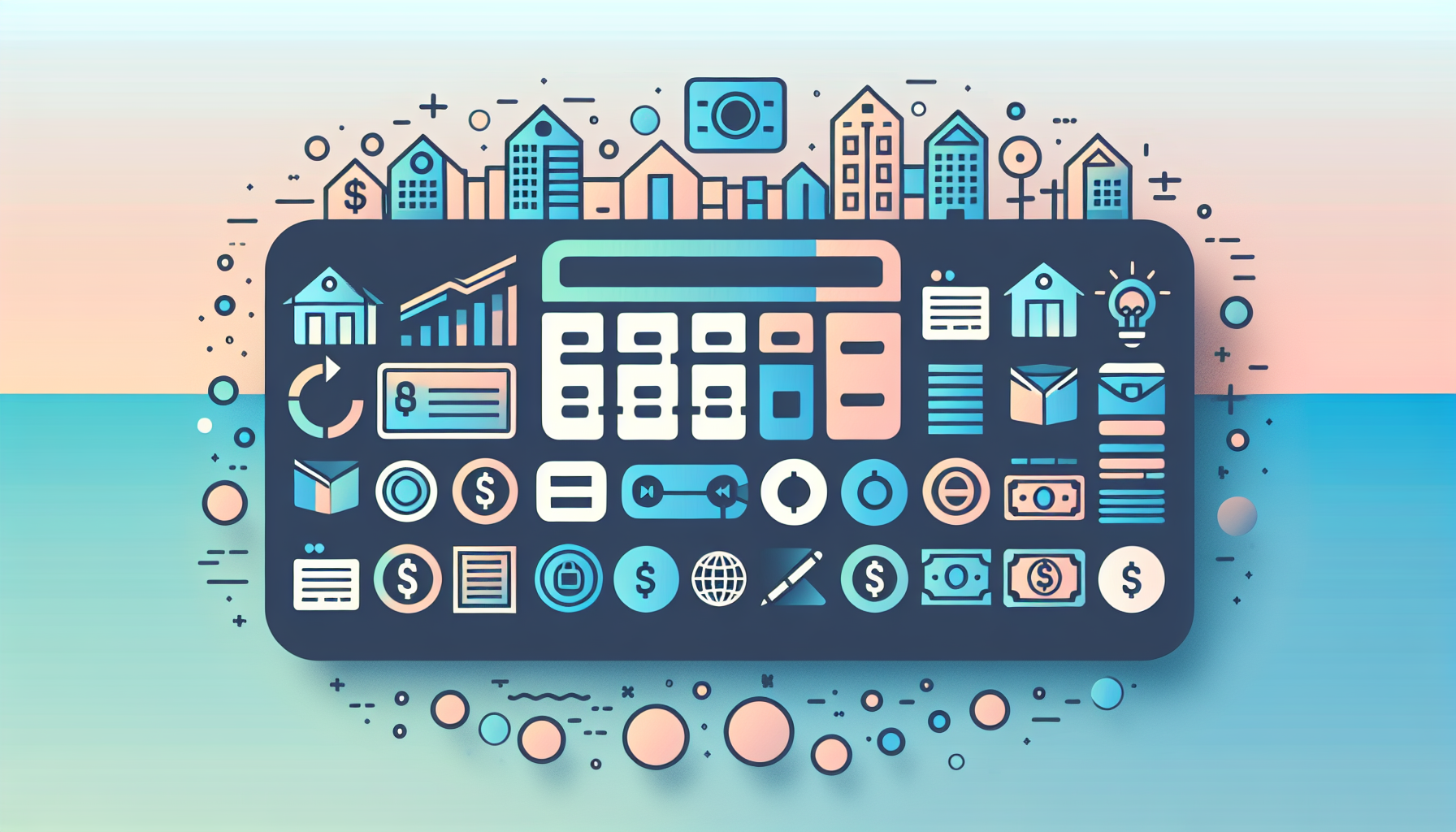Fixed vs. Adjustable-Rate Mortgages Explained

Understanding Your Mortgage Options: A Comprehensive Guide
When navigating the complex world of mortgages, one of the most critical decisions you will make is choosing between a fixed-rate mortgage and an adjustable-rate mortgage (ARM). Each type of mortgage has its own set of advantages and disadvantages, and understanding these differences is crucial for making an informed decision.
The Basics of Fixed-Rate Mortgages
A fixed-rate mortgage is characterized by an interest rate that remains constant throughout the life of the loan. This means that your monthly payments of principal and interest will not change, providing a high degree of predictability and stability in your budget.
Benefits of Fixed-Rate Mortgages
- Predictable Payments: With a fixed-rate mortgage, you know exactly how much you will be paying each month, which can be a significant advantage for those on tight budgets or who prefer financial stability.
- Protection from Rising Interest Rates: If interest rates rise, your fixed-rate mortgage will shield you from increased monthly payments, allowing you to lock in a lower rate for the entire term of the loan.
- Long-Term Stability: Fixed-rate mortgages are ideal for those who plan to stay in their home for an extended period. They offer a sense of security and stability, which can be particularly beneficial for families or individuals with long-term financial plans.
Drawbacks of Fixed-Rate Mortgages
- Higher Initial Interest Rates: Fixed-rate mortgages often have higher initial interest rates compared to ARMs, which can result in higher monthly payments.
- Less Flexibility: The fixed nature of the interest rate means you may miss out on potential savings if interest rates drop significantly during the term of your loan.
The Mechanics of Adjustable-Rate Mortgages
An adjustable-rate mortgage, on the other hand, starts with a fixed interest rate for an initial period, after which the rate can adjust based on market conditions. This initial period can vary, but common terms include 5, 7, or 10 years.
How ARMs Work
- Introductory Rate: ARMs typically offer a lower introductory interest rate compared to fixed-rate mortgages, which can result in lower monthly payments during the initial period.
- Adjustment Periods: After the introductory period, the interest rate can adjust at specified intervals (e.g., annually or semi-annually) based on an index such as the London Interbank Offered Rate (LIBOR).
- Rate Caps: ARMs come with rate caps that limit how much the interest rate can increase or decrease during each adjustment period and over the lifetime of the loan. For example, a 2/1/5 cap structure means the rate can increase by up to 2% during the first adjustment, up to 1% in subsequent adjustments, and no more than 5% above or below the initial rate over the loan's lifetime.
Benefits of Adjustable-Rate Mortgages
- Lower Initial Payments: The lower introductory interest rate can make ARMs more affordable in the short term, allowing you to allocate more funds towards other expenses or savings.
- Flexibility in High Interest Rate Markets: If interest rates are high when you take out the loan, an ARM can be beneficial because the rate will adjust downward if market rates decrease.
- Suitable for Short-Term Homeowners: ARMs are often a good choice for those who plan to sell their home before the introductory period ends, as they can take advantage of the lower initial rate without the long-term commitment.
Drawbacks of Adjustable-Rate Mortgages
- Unpredictable Payments: After the introductory period, your monthly payments can increase significantly if interest rates rise, which can be challenging for those with tight budgets.
- Higher Risk: The variability of the interest rate means there is a higher risk associated with ARMs, as you may face increased payments if market rates rise.
Making the Right Choice
The decision between a fixed-rate mortgage and an ARM depends on several factors, including your financial situation, long-term plans, and current market conditions.
For Long-Term Homeowners
If you are planning to stay in your home for an extended period, a fixed-rate mortgage is likely the better choice. It provides stability and predictability in your monthly payments, which can be crucial for long-term financial planning.
For Short-Term Homeowners
If you anticipate moving before the introductory period of an ARM ends, an ARM might be more suitable. It allows you to benefit from lower initial interest rates and monthly payments without the long-term commitment of a fixed-rate loan.
In High Interest Rate Markets
In periods of high interest rates, an ARM can be attractive because it allows you to take advantage of potential future rate decreases. However, if rates are low, locking in a fixed-rate mortgage can save you thousands of dollars over the life of the loan.
Tools to Help You Decide
To make an informed decision, it's essential to use the right tools. The WP Ultimate Loan & Mortgage Calculator is a powerful resource that can help you compare different mortgage scenarios and understand the implications of each choice.
Calculating Mortgage Payments
Using a mortgage calculator, you can input various parameters such as the loan amount, interest rate, and loan term to see how different types of mortgages will affect your monthly payments. This can help you visualize the financial impact of each option.
Comparing Interest Rates
Websites like Bankrate provide up-to-date information on current mortgage rates, allowing you to compare offers from multiple lenders and find the best rates available in your area.
Real-World Examples and Case Studies
Let's consider a few real-world scenarios to illustrate the differences between fixed-rate and adjustable-rate mortgages.
Scenario 1: Long-Term Homeowner
John plans to buy a house and live there for the next 20 years. Given his long-term commitment, a fixed-rate mortgage would be the better choice. It provides him with predictable monthly payments and protects him from potential increases in interest rates.
Scenario 2: Short-Term Homeowner
Sarah is buying a starter home but plans to move in five years. An ARM with a 5-year introductory period would be more suitable for her. She can benefit from the lower initial interest rate and monthly payments, and she will likely sell the house before the rate adjusts.
Conclusion and Next Steps
Choosing between a fixed-rate mortgage and an adjustable-rate mortgage is a significant decision that requires careful consideration of your financial situation, long-term plans, and current market conditions. By understanding the benefits and drawbacks of each type of mortgage and using tools like the WP Ultimate Loan & Mortgage Calculator, you can make an informed decision that aligns with your financial goals.
If you have more questions or need further guidance, don't hesitate to Contact Us. Our team is here to help you navigate the complexities of mortgage financing and find the best option for your needs.
In the ever-changing landscape of mortgage rates, staying informed is key. For the latest trends and forecasts, you can check resources like Bankrate's Mortgage Rates or NerdWallet's Mortgage Guides.
By taking the time to understand your options and using the right tools, you can make a decision that sets you up for financial success in the long term.











